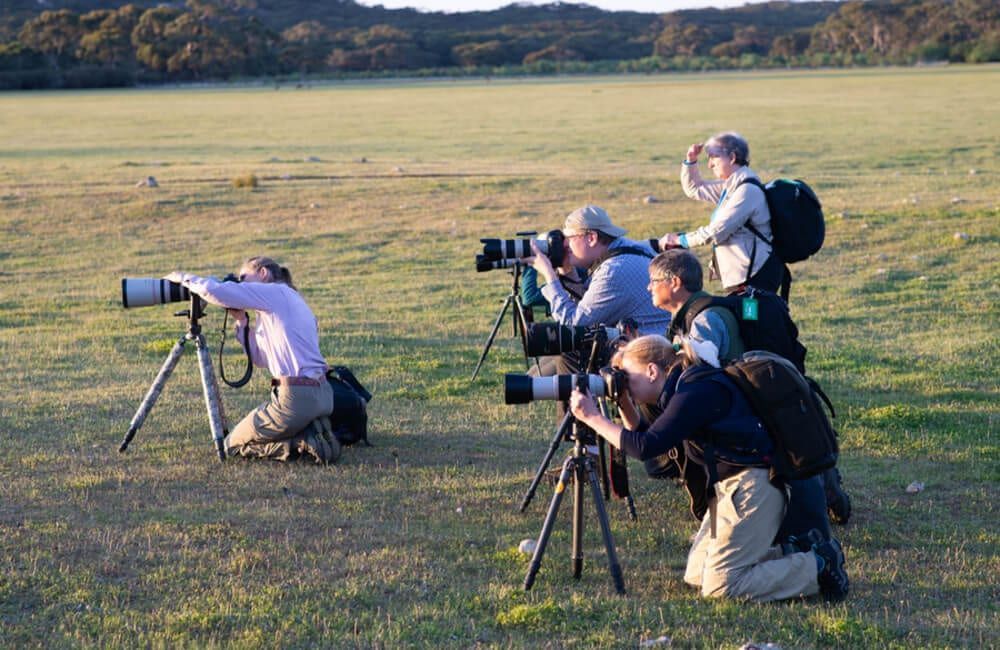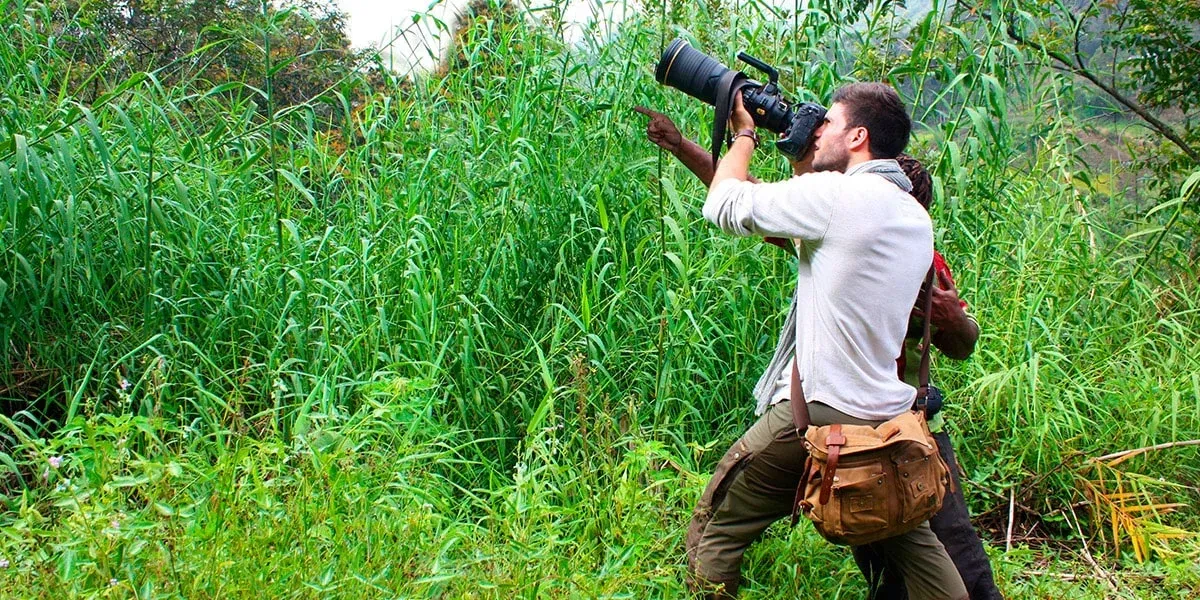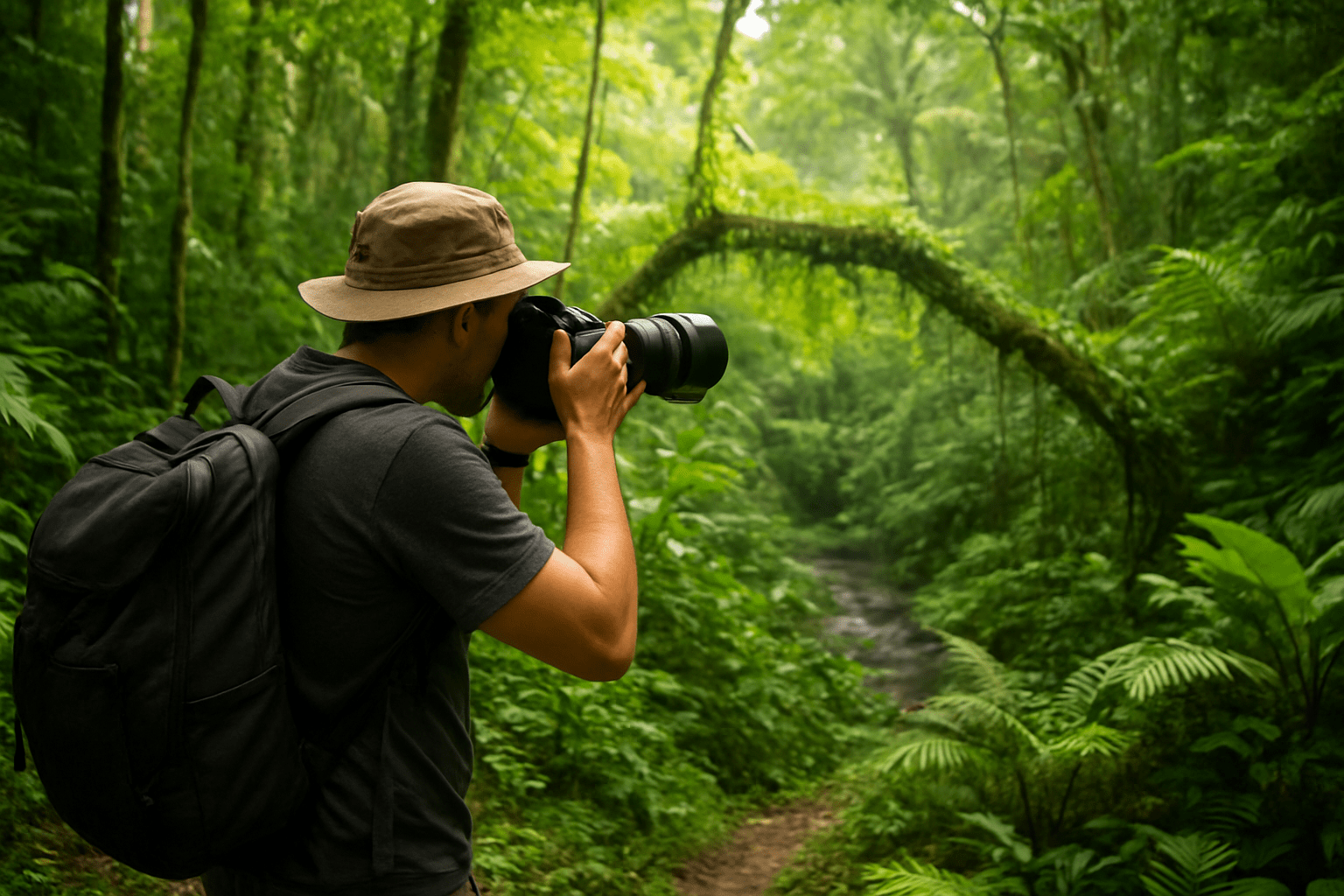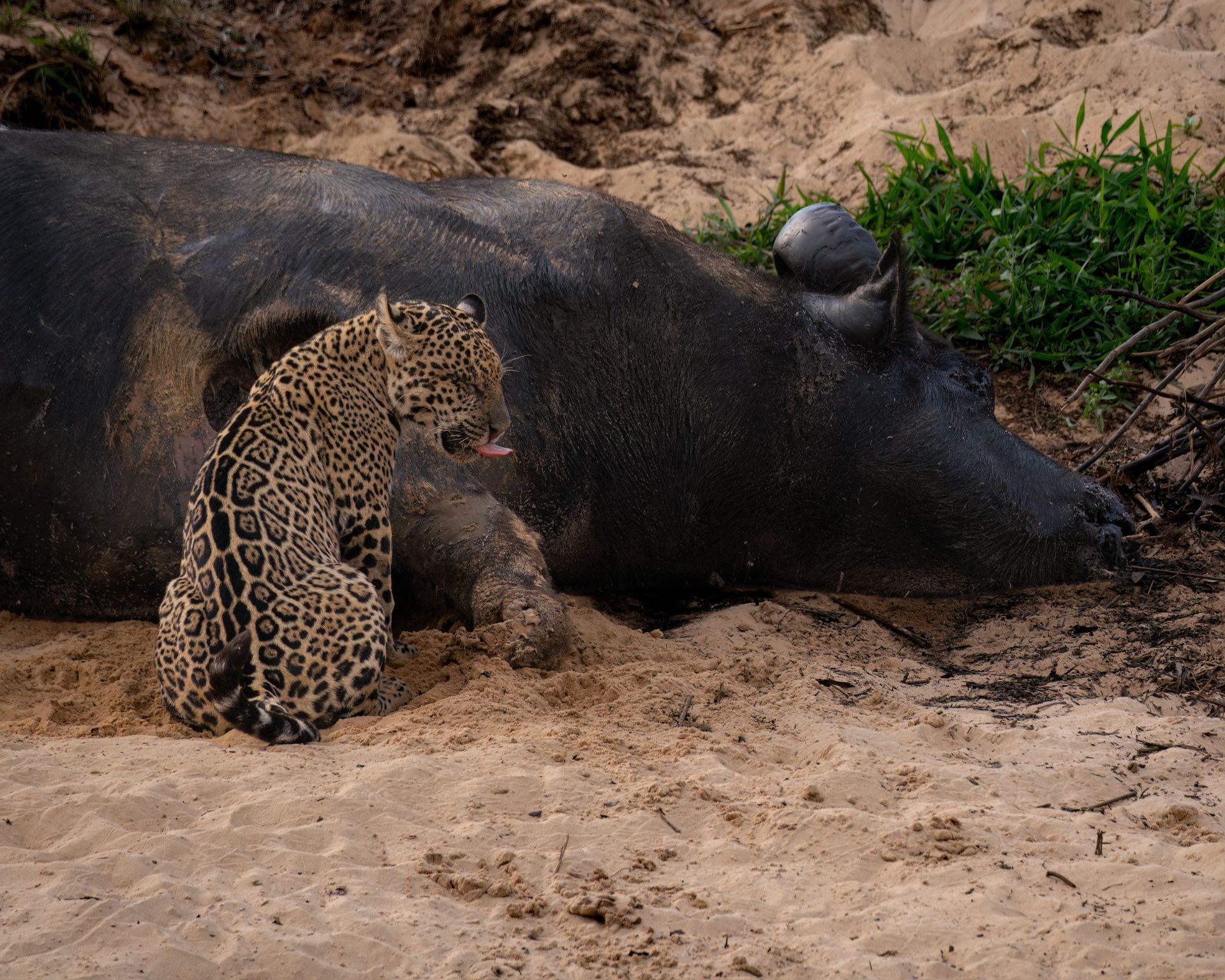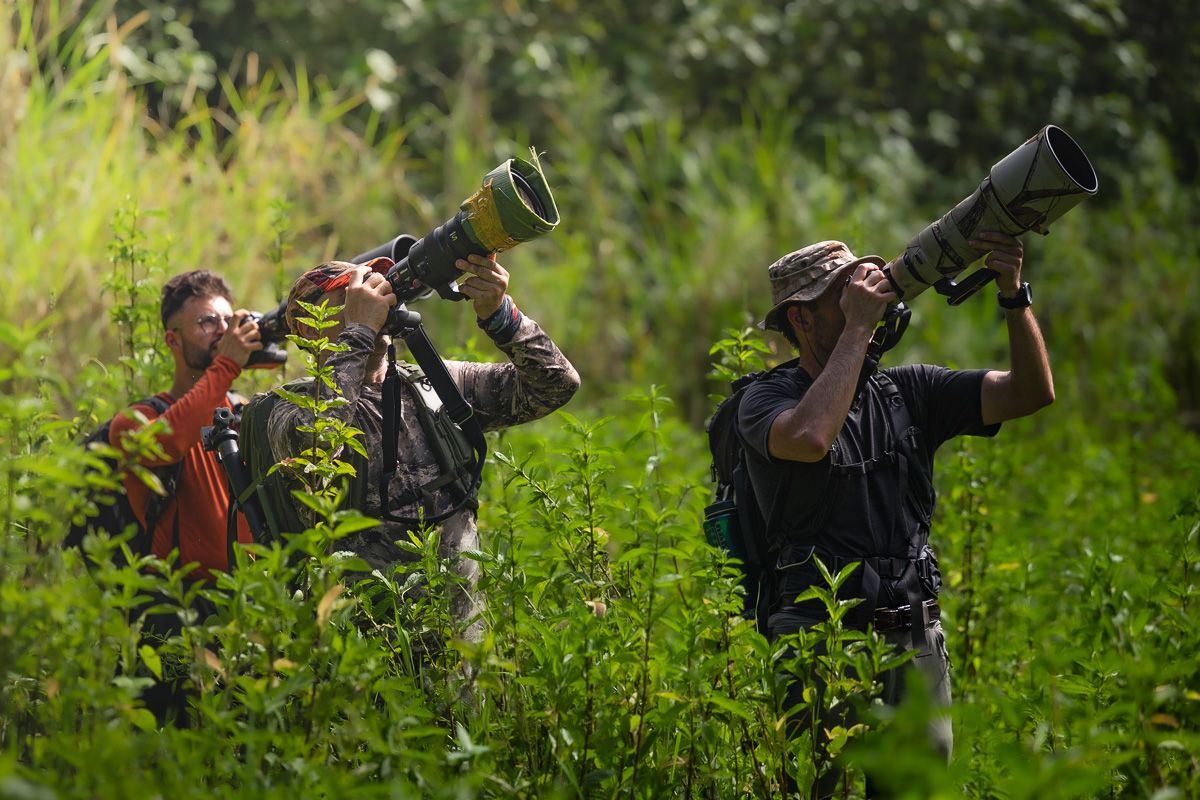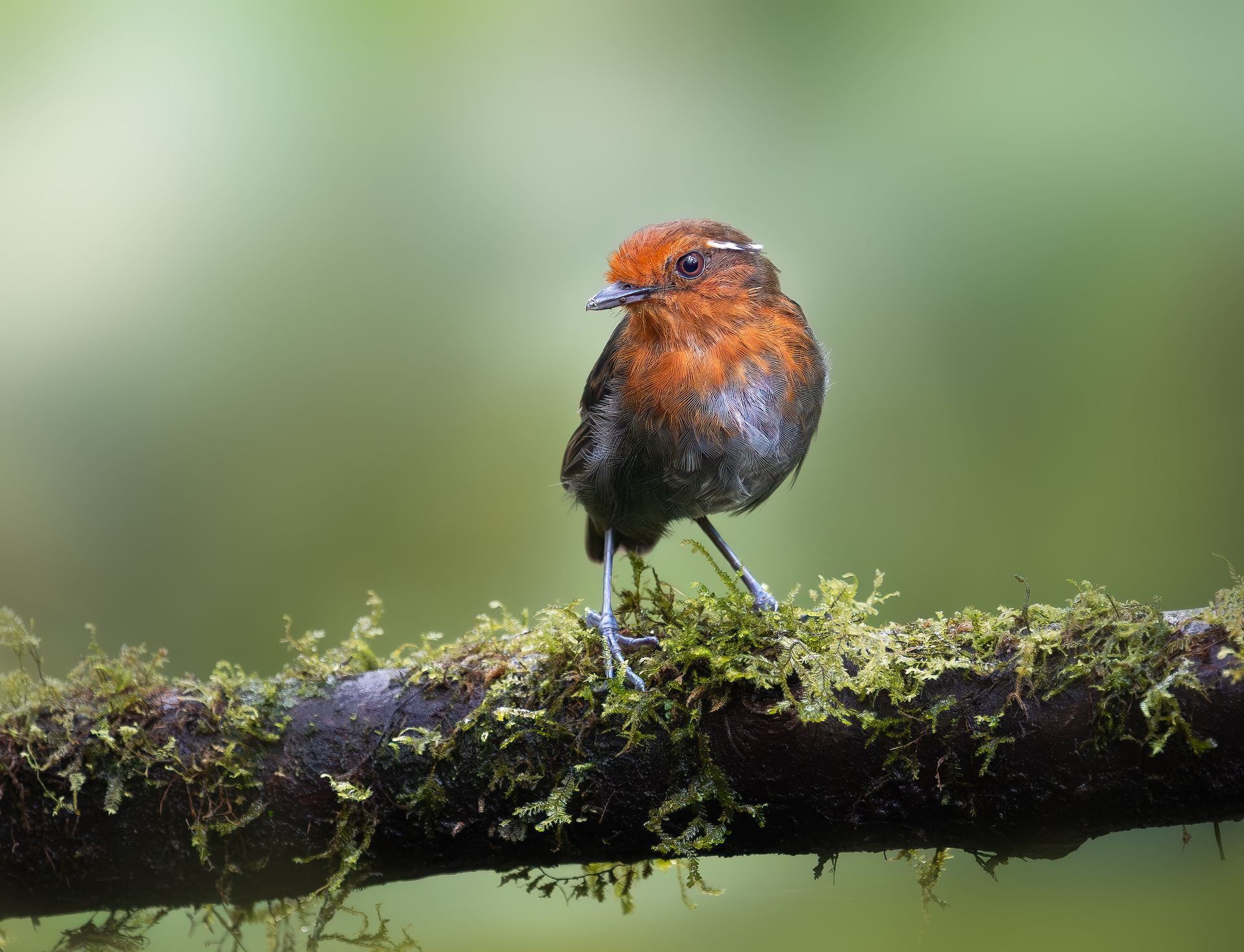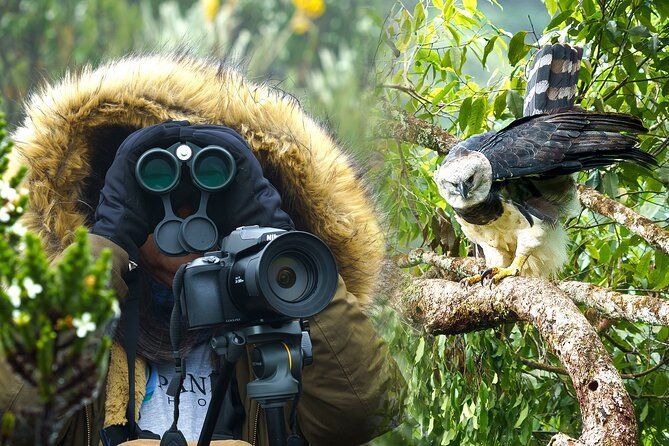Velvet Purple Coronet: Shooting Colombia's Most Elegant Hummingbird
Few hummingbirds evoke as much awe as the Velvet Purple Coronet (Boissonneaua jardini), a jewel-toned marvel of the Andean cloud forests. With shimmering hues of purple, turquoise, and velvet black, this elegant species is a dream subject for bird photographers visiting Colombia. Its predictable feeding behavior, vivid coloration, and graceful flight make it ideal for both close-up portraits and dynamic action shots. In this guide, we’ll explore how and where to photograph this showstopper, what gear to bring, and how to do so ethically and effectively.
What Makes the Velvet Purple Coronet So Special
- Unique Color Palette: Iridescent blues and purples contrast with velvety black wings and tail.
- Graceful Flight: Slow, hovering patterns make it easier to capture mid-air shots.
- Bold Personality: Often dominant at feeders, offering multiple angles and interactions.
- Photogenic Perching: Frequently returns to the same perches, enabling pre-focused setups.
Best Locations to Photograph the Velvet Purple Coronet
This species inhabits mid-elevation Andean cloud forests on the western slopes. Top photography hotspots include:
- La Minga Ecolodge (Valle del Cauca): Known for reliable feeder setups and controlled lighting.
- Reserva Natural Las Tangaras (Chocó): Exceptional biodiversity and prime velvet coronet territory.
- Montezuma Rainforest Lodge (Risaralda): Multiple hummingbird species and expert guides.
These lodges are designed with bird photographers in mind and provide outstanding opportunities.
When to Visit
- Dry Season (June to September / December to March): Better weather, consistent lighting, and more feeder activity.
- Morning Hours (6:30 AM to 10:00 AM): Peak feeding time and soft, diffused natural light.
- Overcast Days: Cloud cover enhances feather iridescence by softening glare.
Essential Camera Gear
- Camera Body: Fast burst mode and excellent autofocus tracking.
- Lens: A 300–600mm lens or zoom (e.g., 100–500mm) allows flexibility.
- High-Speed Flash (optional): Useful for freezing wing motion, if ethically permitted.
- Tripod or Bean Bag: For low-vibration setup near feeders.
- Remote Trigger: Helps avoid movement near subject.
Techniques for Stunning Results
- Pre-Focus on Favorite Perch: The coronet often revisits the same branches.
- Experiment with Angles: Move slightly to catch the perfect iridescent flare.
- Use Manual Exposure: Prevents the dark plumage from becoming underexposed.
- Catch Mid-Flight Pauses: Their hover pauses provide sharp, dramatic frames.
- Natural Light Mastery: Let the ambient conditions highlight feather textures.
Ethical Considerations
- Avoid Flash Overuse: Respect bird comfort—use only if permitted and never directly.
- No Baiting: Stick to natural or lodge-provided feeders.
- Small Group Size: Reduces pressure on the environment.
- Support Conservation Lodges: These facilities help preserve cloud forest habitats.
Why Travel with Retorno Photo Tours
At Retorno Photo Tours, we offer curated experiences that maximize your chances of photographing hummingbirds like the Velvet Purple Coronet in their finest light:
- Feeder-Friendly Lodging: We partner with lodges where this species is reliably seen.
- Local Expertise: Guides help anticipate behavior and suggest best setups.
- Comfortable Logistics: Transport, meals, and gear assistance are all handled.
- Tailored Schedules: Focused on best shooting conditions and flexibility.
Conclusion
The Velvet Purple Coronet is more than just a bird—it’s a flying gemstone that graces Colombia’s cloud forests with elegance and color. For those ready to chase its glinting flight and patient perches, the photographic rewards are extraordinary. With the right tools, timing, and guidance, you’ll capture not only a beautiful image but the magic of Colombia’s avian wonderland.
Let Retorno Photo Tours lead you to the velvet-draped world of one of Colombia’s most photogenic hummingbirds.



